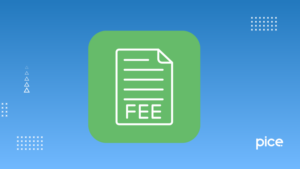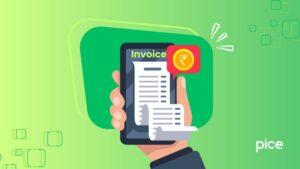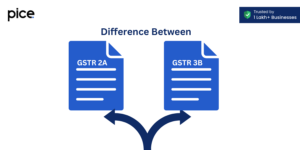Download Your Advance Receipt Format in Excel Template
- 12 Aug 24
- 13 mins
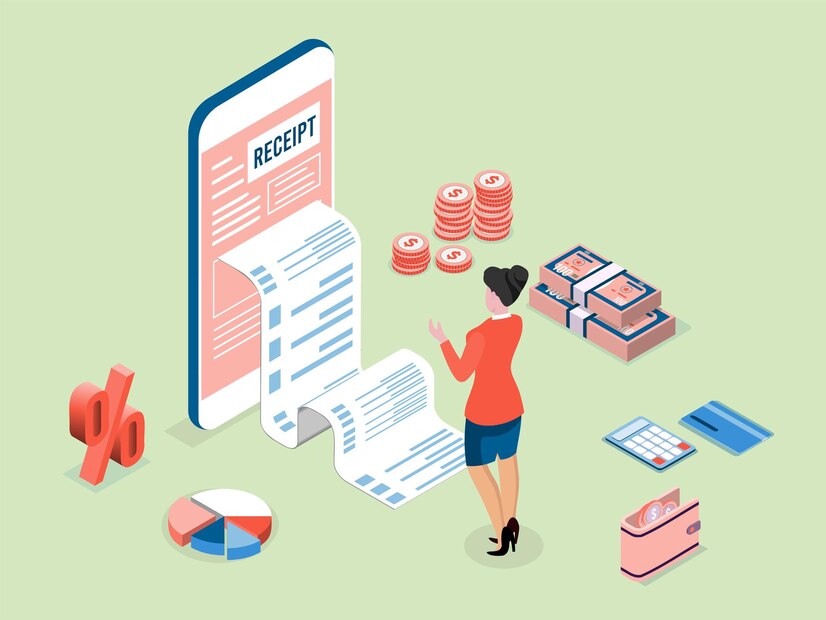
Download Your Advance Receipt Format in Excel Template
Key Takeaways
- Advance payments secure funds before delivery, reducing financial risks for both parties.
- Common types of advance payments include deposits, prepayments, milestone payments, retainers, escrows, subscriptions, layaway plans, and advance royalties.
- Advance and deferred payments differ primarily in timing, affecting cash flow, risk distribution, and financial flexibility for the involved parties.
- Advance payments can lead to more committed customer detail and stable sales forecasting..
- Using an advance payment format in Excel streamlines financial operations and strengthens business relationships.
Advances are becoming increasingly popular in the business world, offering a sense of security and assurance to both parties involved in a transaction. Understanding the format for these payments, especially when documented in Excel, can streamline processes and ensure clarity.
This article will guide you through the essential elements of advance payment options, formats, types of payments, and their benefits in business transactions.
Each type serves a unique purpose, ensuring that financial risks are minimized for both the provider and the recipient of the service or product.
- Deposits: This type involves paying a portion of the total amount upfront as a security deposit. It's commonly used in real estate transactions, custom-made orders, or any situation requiring a guarantee before the commencement of a service or delivery of goods.
- Prepayments: In this case, the full amount is made before the receipt of goods or services. Prepayments are often required for subscriptions, software licenses, or bulk orders where the supplier needs assurance of amount before proceeding with a large or specialized order.
- Milestone Payments: These are partial amount made during different stages of a project. Common in the construction industry and in freelance projects, they are tied to the completion of specified portions of work, reducing the risk for the payer while ensuring continuous progress on the project.
- Retainers: Frequently used in legal and consulting fields, a retainer is an advance for future services. It secures the availability of the service provider and is usually set against a predetermined rate or time frame.
- Escrow Payments: Escrow is a financial arrangement where an advance is held by a third party and only released upon the fulfillment of conditions agreed upon by the transacting parties. This method is widely used in real estate transactions and online marketplaces to protect both the buyer and seller.
- Subscriptions: Subscription clearance are advances made on a recurring basis in exchange for continuous access to a product or service. This model is prevalent in software services, magazines, and membership clubs.
- Layaway Plans: Layaway involves making clearance in installments for goods, which are only delivered once the full price has been paid. This type of advance allows consumers to secure items at a current price without needing to pay the total amount upfront.
- Advance Royalties: In the publishing or music industry, advance royalties are made to authors, musicians, or creators before the commercial release of their work. These settlements are typically offset against future royalties earned from sales or usage.
Contents of an Advance Receipt Format
A well-structured advance receipt format is crucial for clear communication and record-keeping. Here's what it should include:
- The Name and Address of Your Company: This establishes the identity of the issuer.
- The Name and Address of the Client: Identifying the recipient ensures the receipt is correctly addressed.
- A Unique Number: Essential for tracking and referencing.
- Payment Amount: Clearly states the financial transaction amount.
- Date of Advance Payment Request Letter: Records the date when the amount was requested or processed.
- Payment Method: Details whether the payment was made via cash, credit, bank transfer, or other means.
- Clearly Defined Services and Products: Ensures both parties agree on what is being paid for.
- Terms and Conditions: Outlines the agreement details, including any conditions related to the advance payment.
- Signatures: Provides legal acknowledgment from both parties.
Difference Between Advance Payment and Deferred Payment
Understanding the difference between advance and deferred payments is crucial for financial management. Advance payments are made before receiving goods or services, providing security to the seller.
Deferred payments, however, are agreed upon to be paid at a later date, often after receiving the goods or services, benefiting the buyer.
| Feature | Advance Payment | Deferred Payment |
|---|---|---|
| Timing of Payment | Payment is made before the delivery of goods or services. | Payment is made after the delivery of goods or services. |
| Risk | Primarily borne by the buyer, as payment is made upfront. | Primarily borne by the seller, as they await payment post-delivery. |
| Cash Flow Impact | Improves seller's cash flow as funds are received early. | Benefits buyer's cash flow by delaying outflows of cash. |
| Trust and Relationships | Requires buyer's trust in the seller to deliver as promised. | Depends on seller's trust in the buyer's ability to pay post-delivery. |
| Security for Parties | Provides security for the seller against non-payment risks. | Offers security for the buyer in terms of quality and fulfillment of order. |
| Financial Flexibility | May offer less flexibility for buyers, tying up funds early. | Offers more flexibility for buyers, allowing better cash management. |
| Application Examples | Common in pre-orders, custom projects, and where upfront costs are significant. | Often used in B2B transactions, services, and where buyer's creditworthiness is established. |
Advantages of Enabling Advance Payment
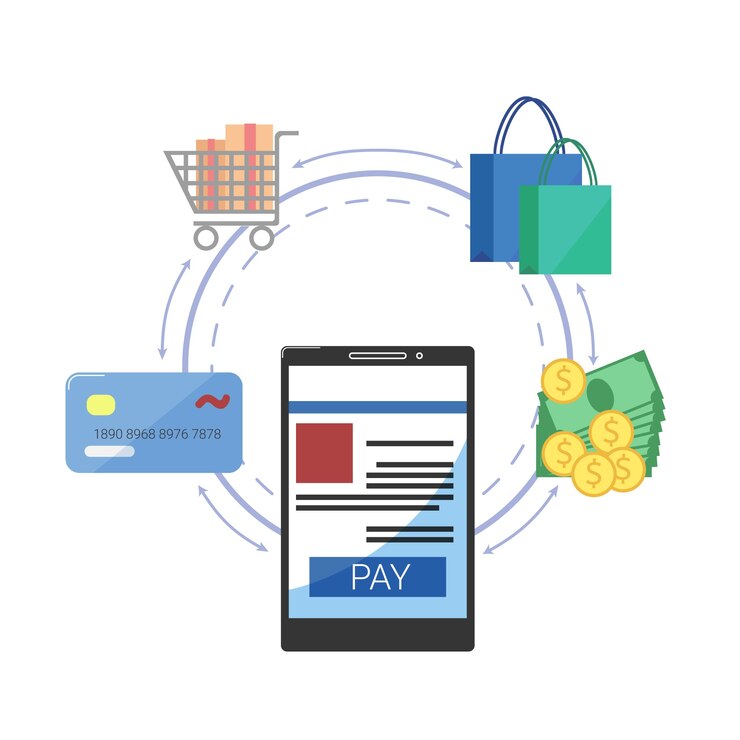
Advances secure cash flow for sellers and can build trust in business relationships. For buyers, it often guarantees priority service or delivery, creating a win-win situation.
- Improved Cash Flow: Advance clearance immediately boost a company's cash reserves, providing the necessary funds to cover initial project costs or inventory without waiting for the completion of service or delivery of products. This is particularly beneficial for small businesses or startups that may have limited access to working capital.
- Reduced Credit Risk: By receiving amount upfront, businesses mitigate the risk of non-payment or late payments. This reduces the administrative burden of chasing overdue invoices and can lower the overall financial risk associated with offering credit terms to customers.
- Increased Commitment from Customers: When customers make advance payments, they are more likely to be committed to the transaction, reducing the likelihood of cancellations or changes. This can lead to more stable sales forecasts and planning.
- Enhanced Trust and Reputation: Offering and managing advance options requires a level of trust between the buyer and seller. Successfully handling such transactions can enhance a business's reputation for reliability and financial stability.
- Flexibility in Operations: With the security of advance, businesses can better manage their production schedules, inventory, and manpower, leading to more efficient operations and the ability to negotiate better terms with suppliers.
- Opportunity for Discounts and Incentives: Some businesses use advance payments to offer incentives, such as discounts or exclusive access to products and services. This can encourage more customers to choose the advance option, increasing upfront cash flow.
- Financial Planning and Security: Advance provide a more predictable cash flow, enabling better financial planning and security. Businesses can allocate funds more effectively, invest in growth opportunities, or save for future expenses.
- Competitive Advantage: In industries where advance payment is not the norm, offering and successfully managing this option can provide a competitive edge, appealing to customers who prefer or require such arrangements.
Importance of an Advance Receipt Format in Business Transactions
A clear and comprehensive advance receipt format is indispensable for transparency and accountability in business transactions. It serves as proof of payment, aids in financial tracking, and helps resolve disputes should they arise.
- Proof of Payment: It acts as a legal acknowledgment that the seller has received an advance amount from the buyer. This is crucial for the buyer's financial records and can serve as evidence in case of disputes.
- Financial Record-Keeping: Both parties benefit from having a detailed record of the transaction for accounting and tax purposes. It helps in tracking cash flow and managing budgets more effectively.
- Clarity and Transparency: A well-structured advance receipt format provides clear details about the transaction, including the amount paid, the purpose of the settlement, and the terms of the agreement. This transparency helps prevent misunderstandings between the buyer and seller.
- Confirms the Agreement Details: The receipt often includes or is accompanied by terms and conditions, such as the delivery date of goods or services, warranties, and return policies. This ensures both parties are aware of and agree to the transaction's specifics.
- Builds Trust: Providing a formal receipt for advance can enhance the buyer's trust in the seller. It shows professionalism and a commitment to fulfilling the agreement, which can strengthen business relationships.
- Legal Protection: In the event of legal disputes regarding the transaction, the advance receipt serves as a vital piece of evidence that can protect the interests of both parties. It proves that a financial transaction occurred and outlines the agreement's terms.
- Facilitates Reconciliation: Advance receipts make it easier to reconcile accounts and verify that the amounts received match the sales records. This is especially important for businesses that handle a large volume of transactions.
- Enhances Customer Service: By providing clear, detailed receipts, businesses can improve their customer service. It reassures customers about the security of their advance and the seller's accountability.
- Regulatory Compliance: In some industries and jurisdictions, issuing receipts, including advance receipts, is a legal requirement. Compliance with these regulations can avoid legal issues and fines.
Benefits of Using the Advance Receipt Format
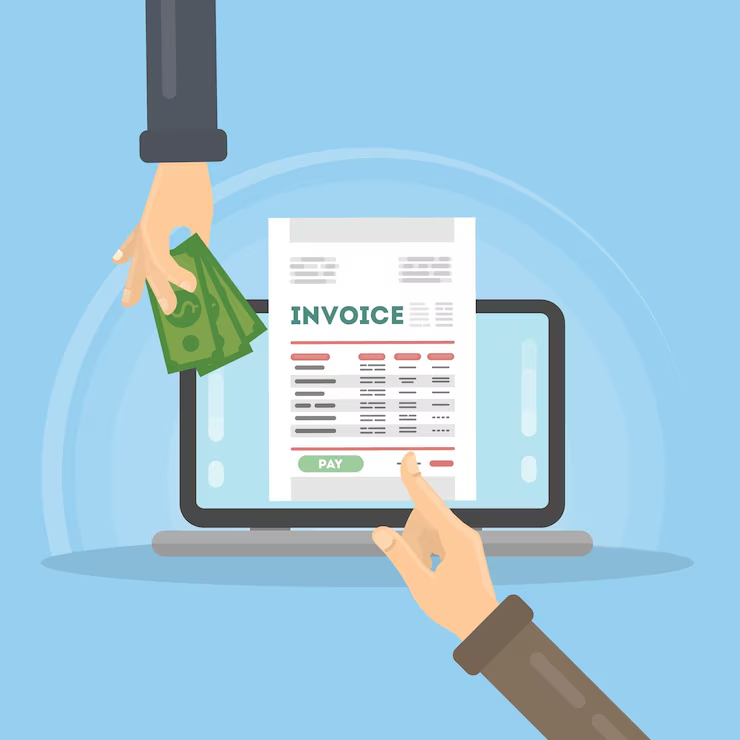
Using the advance receipt format (or itemized format) provides numerous benefits in business transactions, especially when dealing with advance payments for specific goods or services. This detailed approach enhances transparency, accountability, and customer satisfaction. Here are the key benefits of using an itemized advance receipt format:
- Enhanced Clarity for Buyers and Sellers: Itemizing the advance payment by piece allows both parties to see exactly what is being paid for. This clarity can prevent disputes over what was included in the transaction and ensure that all parties have the same understanding of the agreement.
- Improved Financial Tracking: For businesses, an itemized receipt simplifies the process of tracking sales, inventory, and revenue. It allows for more precise financial records, making it easier to manage budgets, forecast future sales, and conduct financial analysis.
- Facilitates Accurate Tax Reporting: Detailed receipts help businesses accurately calculate taxes owed on sales. They provide clear evidence of taxable and non-taxable items, ensuring compliance with tax regulations and facilitating the preparation of tax returns.
- Customization and Flexibility: The itemized format allows for customization based on the type of goods or services sold. This flexibility can accommodate various business models and transaction types, from retail sales to contract services.
- Eases Dispute Resolution: Should a disagreement arise, an itemized advance receipt provides a detailed account of the transaction, making it easier to identify and resolve issues. This can be particularly valuable in cases where specific terms or conditions apply to certain items.
- Increases Consumer Confidence: Buyers appreciate transparency in their transactions. An itemized receipt that clearly shows what their advance payment covers can increase trust and confidence in the seller, potentially leading to repeat business and positive word-of-mouth.
- Streamlines Returns and Refunds: If a return or refund is necessary, an itemized receipt simplifies the process by clearly indicating which item(s) are being returned. This also allows for the verification of refunds done correctly and timely.
- Supports Personal or Business Budgeting: For buyers, itemized receipts are useful for personal or business budgeting and expense tracking. They offer precise data that may be used to examine spending habits, manage costs, and plan future purchases.
- Professionalism: Providing detailed, itemized receipts reflects well on a business, projecting an image of professionalism and attention to detail. Thus, the service can contribute to meeting the customers’ expectations and gaining a competitive advantage in the marketplace.
- Regulatory Compliance: In some cases, regulations may require businesses to provide detailed receipts for transactions. An itemized advance receipt format keeping pace with these requirements will take care of that and become legal issue-free.
Conclusion
The business transaction offers a gamut of advantages to both the business entity and the buyer. Enhancing the efficiency of financial processes and fostering greater transparency in business dealings are both outcomes of implementing a precisely defined advance receipt format in Excel.
Organizations can attain the goals of solidity, transparency, and mutual benefit through the incorporation of the factors mentioned.
💡Ready to take the next step to make GST payments more efficient for your business or other business payments? Then download PICE, the only solution to all your business payment problems.
 By
By 






